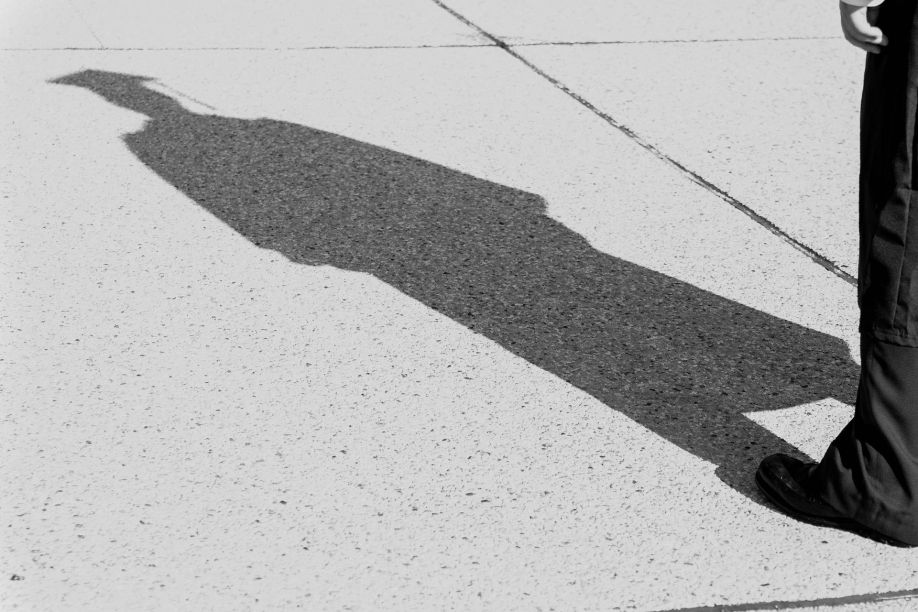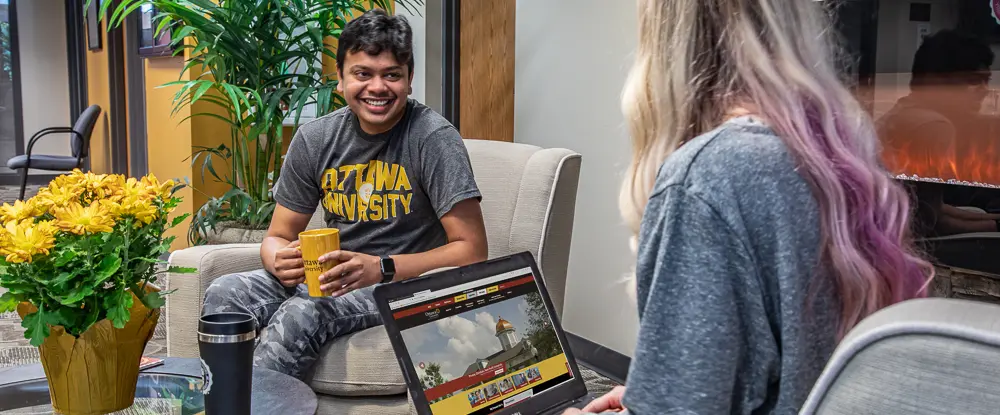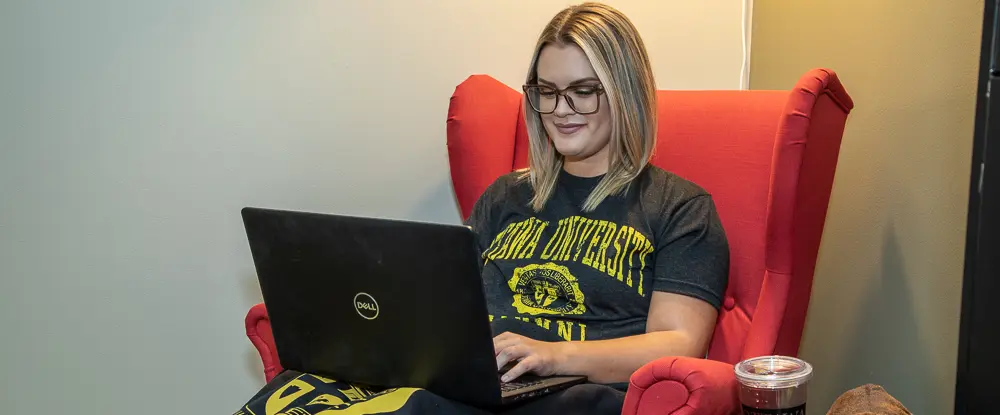Ottawa University
History of Ottawa University and the Ottawa Tribe
Founded in 1865, Ottawa University has an especially rich heritage and fascinating history. Throughout its 145 years, the University has endeavored to educate its students (many from traditionally underserved student populations) for lifetimes of enlightened faith, exemplary service, inspired leadership and personal growth and significance.
This tradition began with the Ottawa Indian tribe. The University’s roots can be found in the work of Baptist missionaries in collaboration with the Tribe then located on the banks of the Marais des Cygnes (“river of swans”) in what would become the town of Ottawa, Kansas, located approximately 40 miles southwest of Kansas City. Reverend Jotham Meeker and his wife, Eleanor, labored ceaselessly to improve the lives of the Ottawas, serving as ministers, nurse and doctor, business agents, marriage counselors, teachers, and of course, as spiritual counselors. Their seminal work, the prophetic vision of tribal leaders, and the engagement of others such as John Tecumseh (Tauy) Jones led to an eventual agreement between the Kansas Baptist denomination and the Ottawa Tribe to form a school for the benefit of the children of the Ottawas.







